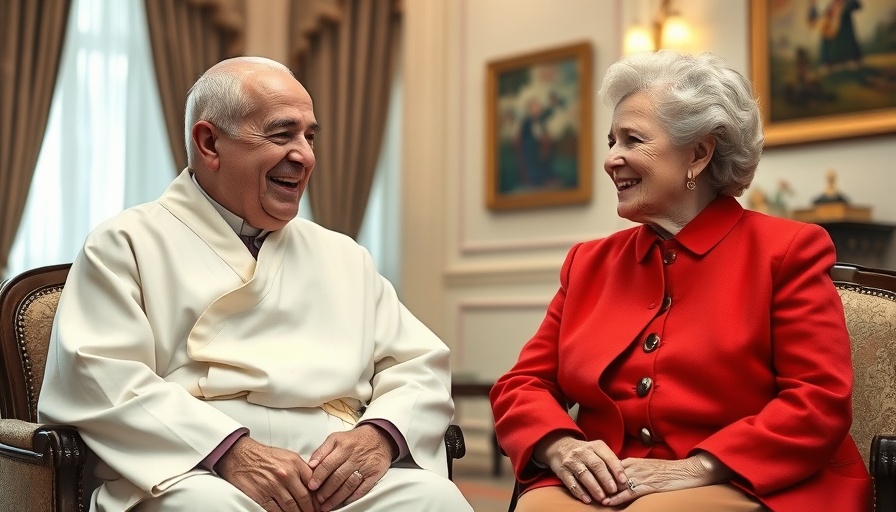
Significance of Mary Simon’s Role
Governor General Mary Simon’s decision to represent Canada at Pope Francis's funeral marks an important moment in Canadian history. With Simon being the first Indigenous person to hold the office of Governor General, her participation symbolizes a bridging of cultures and acknowledges the deep-rooted connections many Canadians have with the Catholic Church, particularly Indigenous peoples who have historically experienced profound relationships with the Church.
Political Context: A Delicate Balance
The announcement came during a politically charged time, with Prime Minister Mark Carney opting to abstain from attending due to a crucial election campaign. This decision poses an interesting question about representation—what does it mean for a leader to prioritize political obligations over ceremonial ones? The Prime Minister emphasized the importance of sending a strong signal, emphasizing that Canada would be represented at the highest level, which resonates with voters who seek integrity in leadership during tumultuous times.
Cultural and Spiritual Implications
Pope Francis’s funeral is not just a farewell to a beloved leader; it encapsulates a significant religious moment for millions of Catholics globally. The event will see attendance from various world leaders, acknowledging the Pope's role as a unifying figure amid societal discord. Quebec’s International Relations Minister, Martine Biron, highlighting that the majority of Quebec citizens are Catholics who value their heritage, emphasizes the cultural implications this event carries throughout Canada, particularly in areas where Catholicism is firmly entrenched in community identity.
Attendance of Global Leaders
With U.S. President Donald Trump and Ukrainian President Volodymyr Zelenskyy confirmed to attend, the funeral attracts not just religious figures but political leaders who are grappling with their governance amidst crises. The global representation adds layers of complexity to an already significant occasion, as discussions concerning the state of the world frequently arise in the context of such gatherings. The presence of Canadian cardinals, along with bishops and representatives from the Manitoba Métis Federation, further enriches the tapestry of voices at play.
A Reflection on Legacy
Pope Francis’s legacy is one of interfaith dialogue and reconciliation, especially with Indigenous communities. As Simon attends the funeral, she also carries the hopes and histories of these communities, who have navigated the turbulent waters of church relations for decades. It is a time for reflection—both on the Pope's contributions and the healing that is desperately needed moving forward.
The Future of Church and State Relations
The dialogue around church and state continues to evolve, particularly in countries like Canada where historical grievances linger. This event presents an opportunity to reassess and reflect on how faith leaders and political leaders can collaborate for the common good. With a notable presence of Indigenous representation at the event, it opens a new chapter in discussions about reconciliation and recognition within Canada’s broader social framework.
Conclusion: What Comes Next?
The funeral of Pope Francis serves as more than a farewell; it’s a significant moment of cultural reflection for Canada, one that Simon represents with a weight of historical importance. As discussions of reconciliation, representation, and unity unfold, Canadians are called to engage with these narratives. Moving forward, Canadians should consider how these events shape our identities and community relationships. This moment encourages both introspection and action as we navigate our present realities together, aiming for a more united future.
 Add Row
Add Row  Add
Add 




 Add Row
Add Row  Add
Add 

Write A Comment